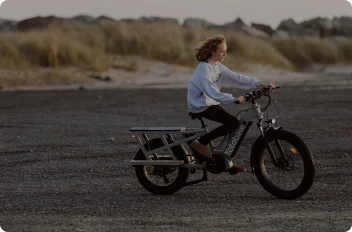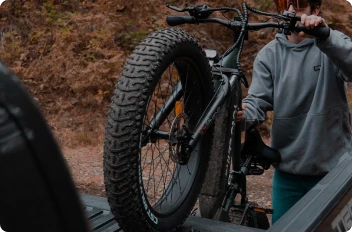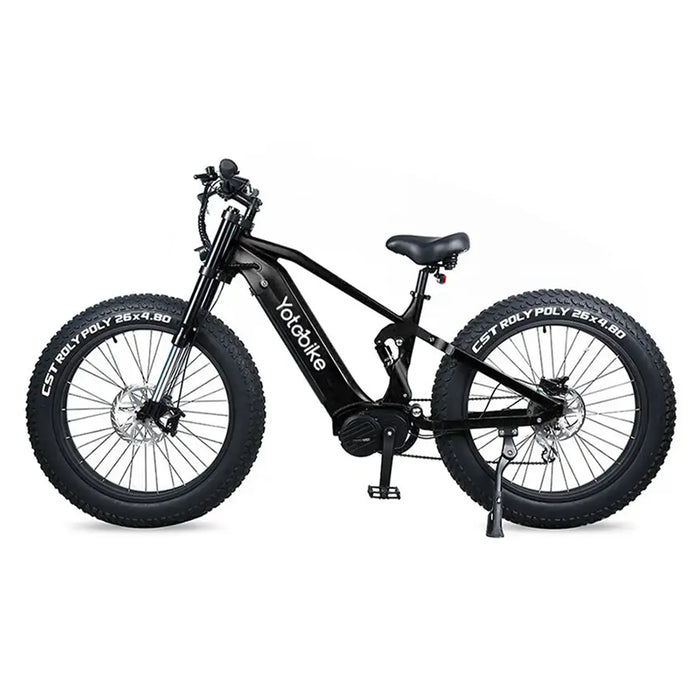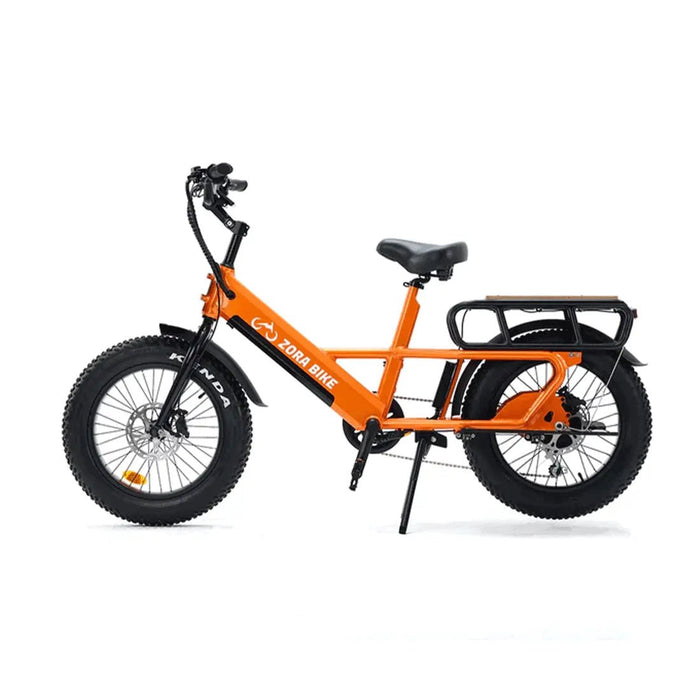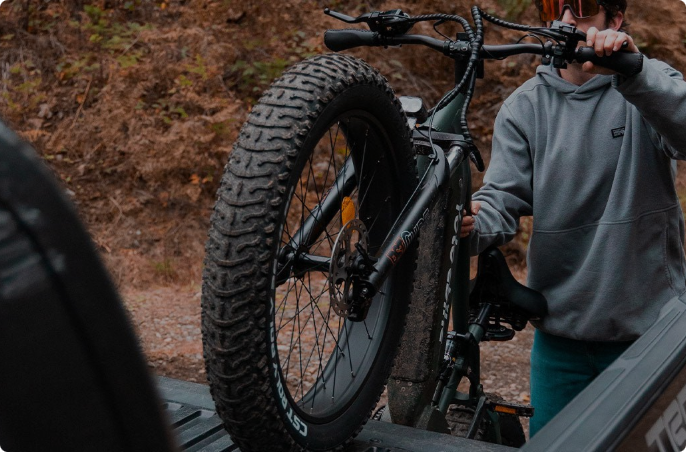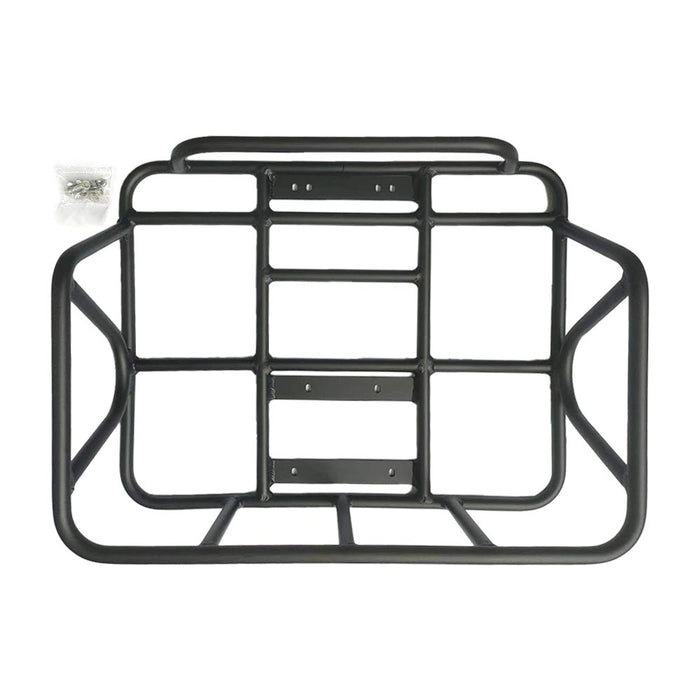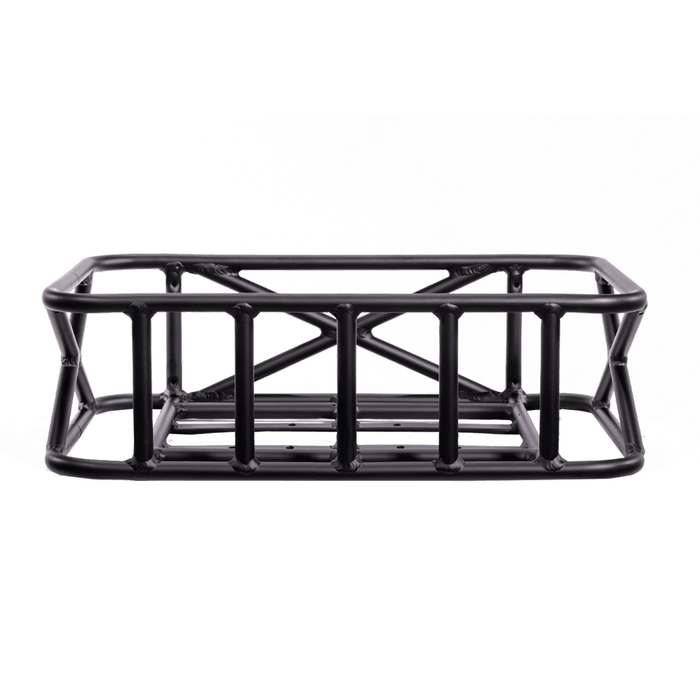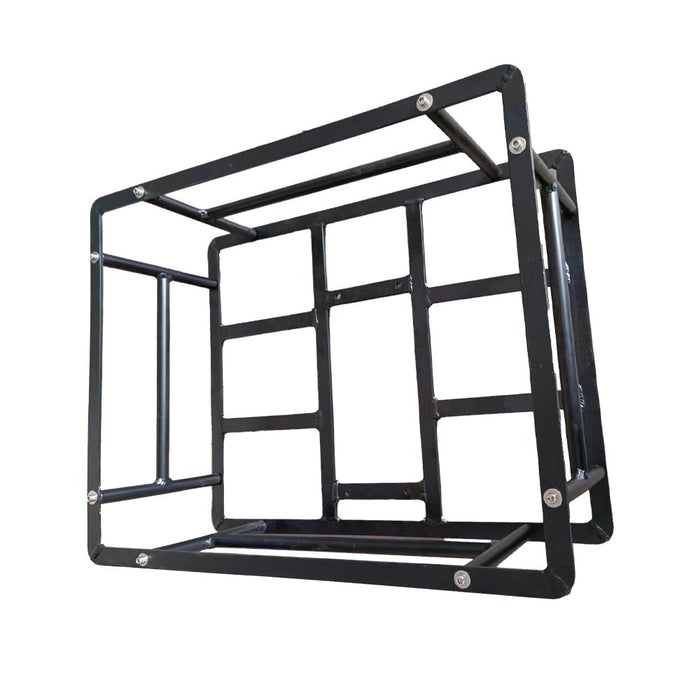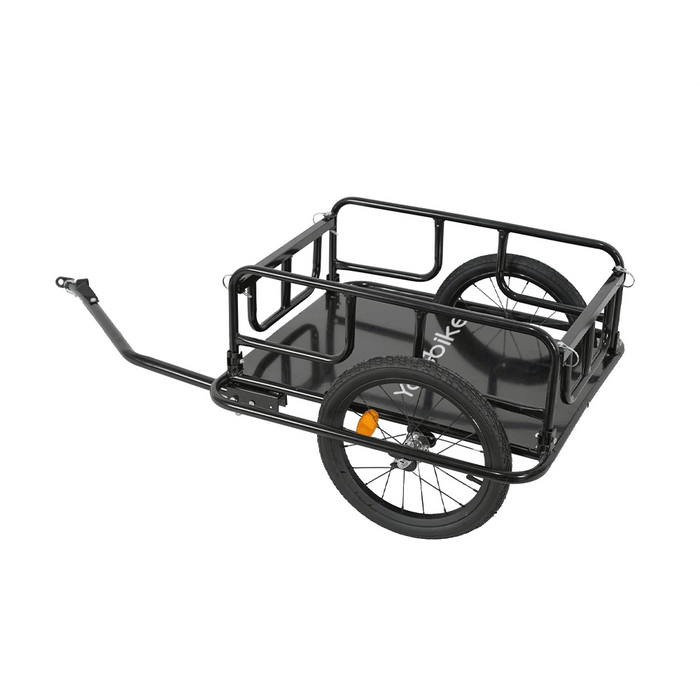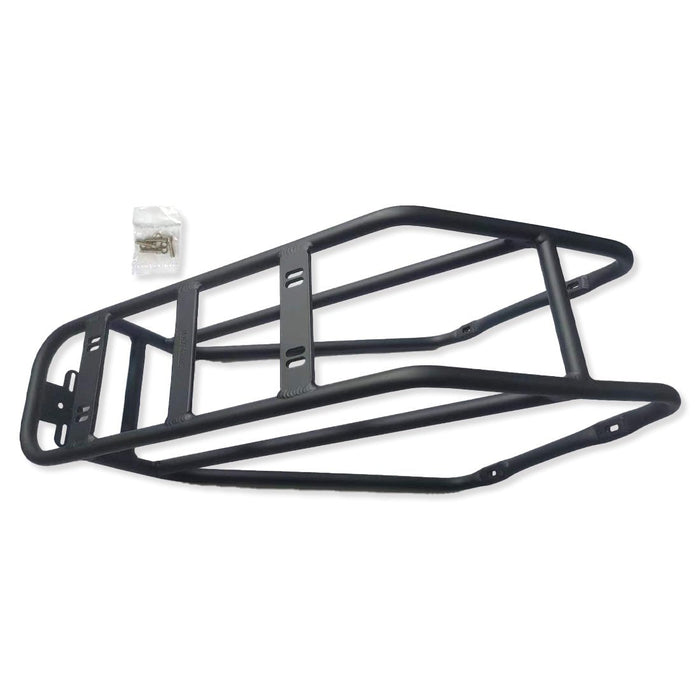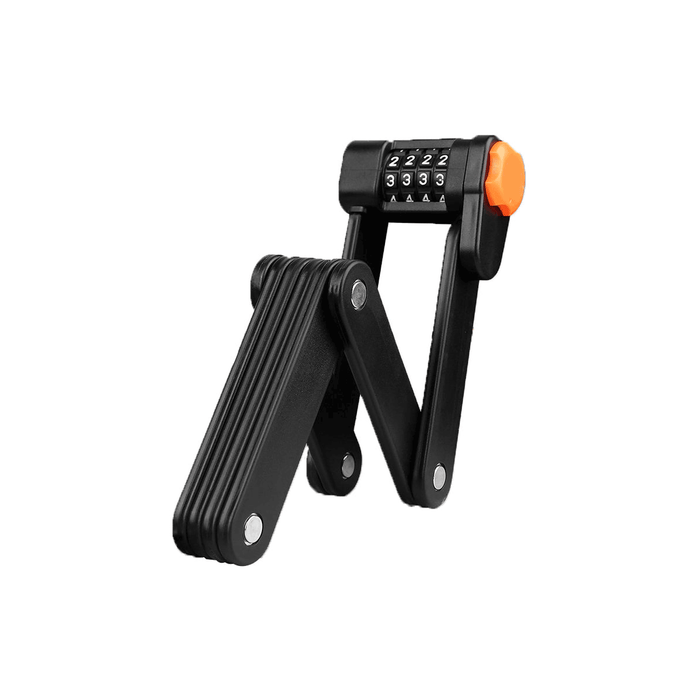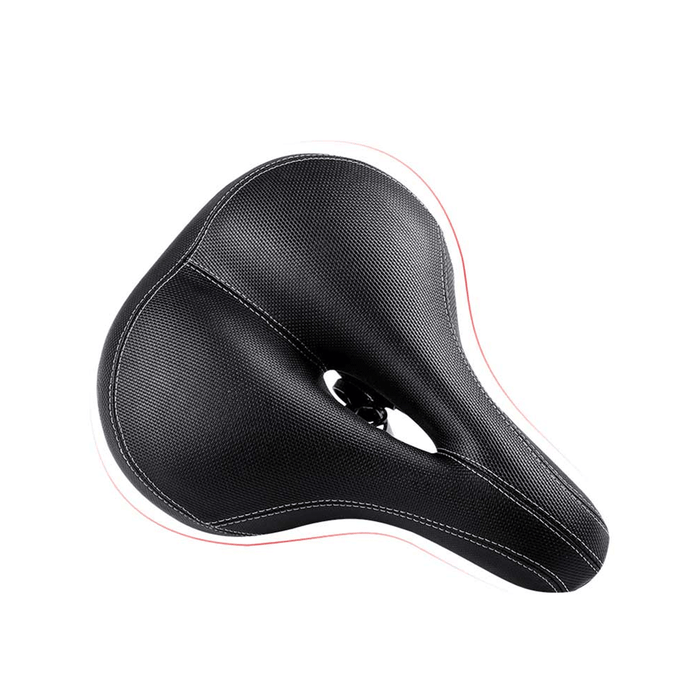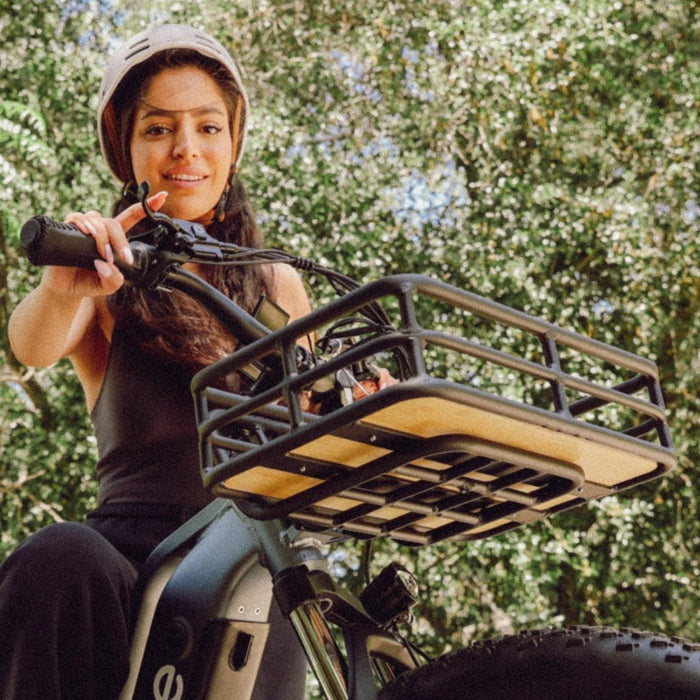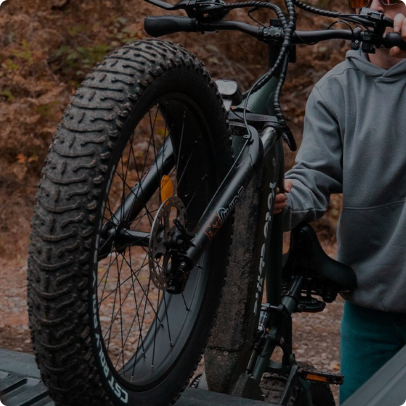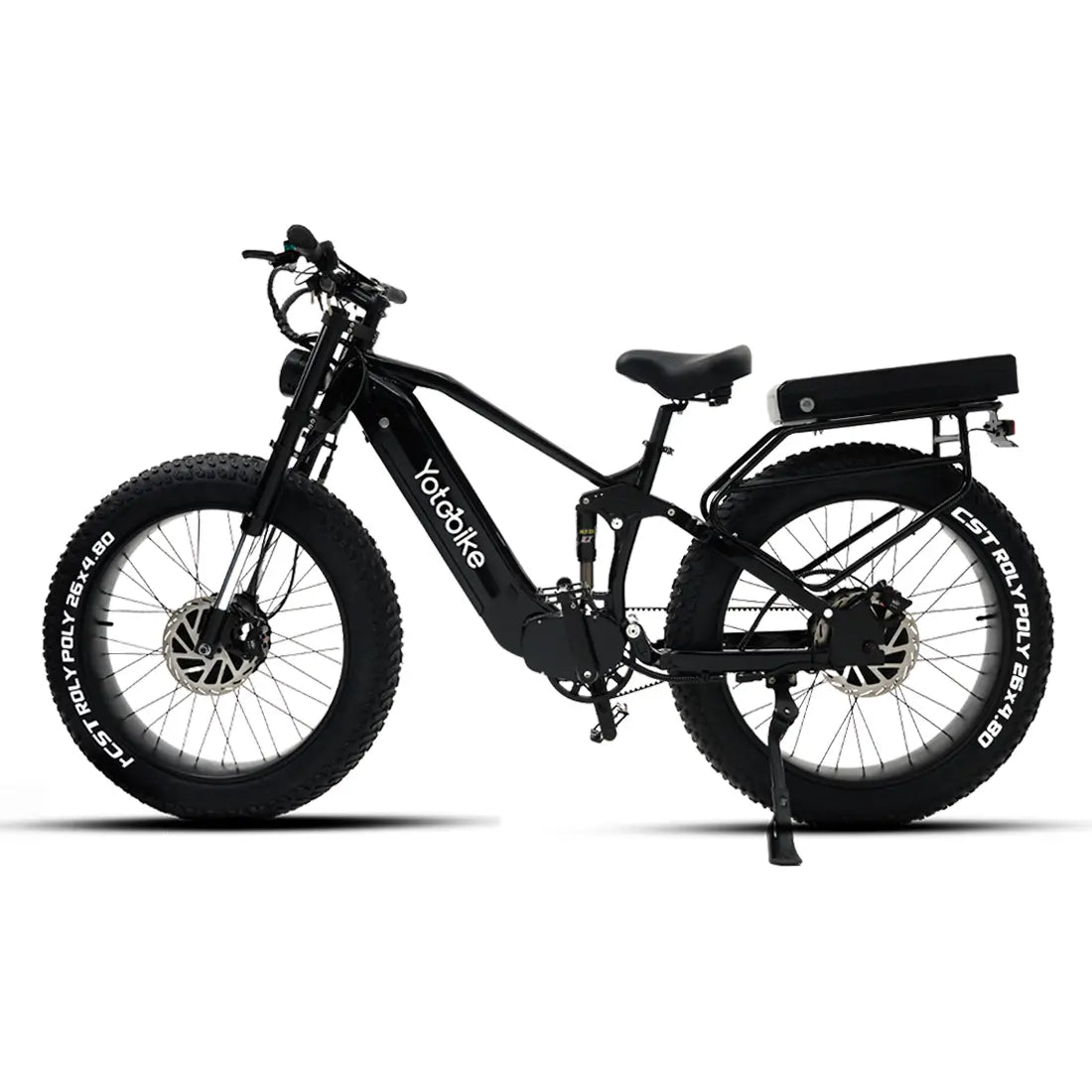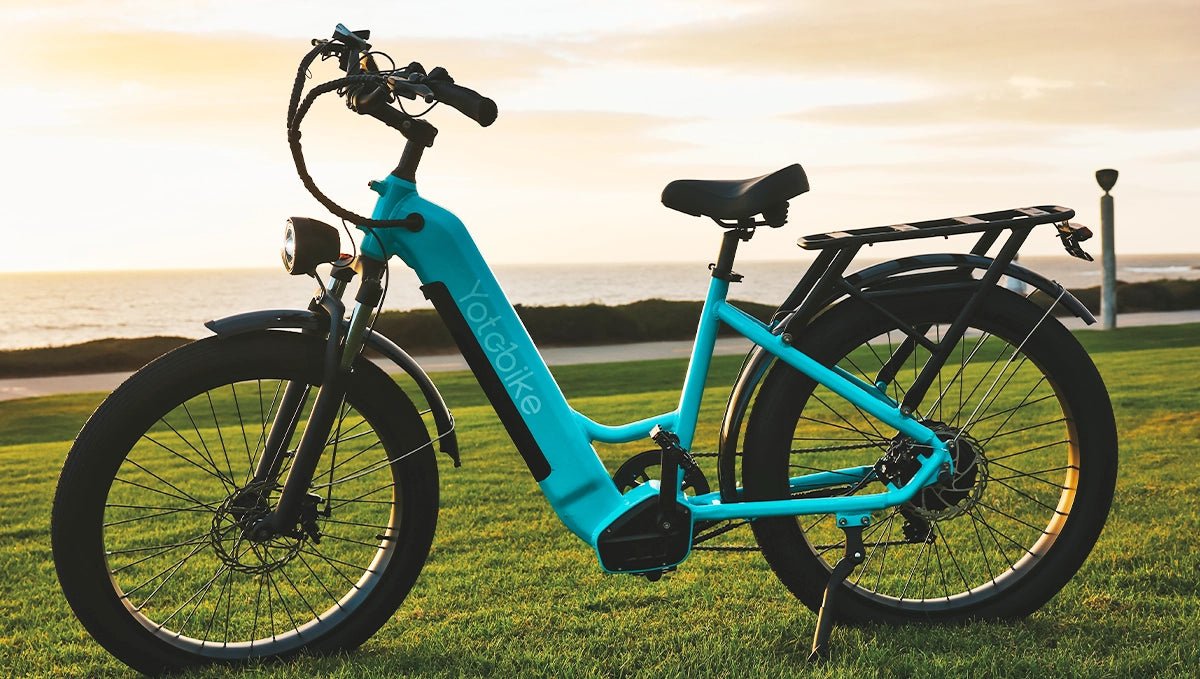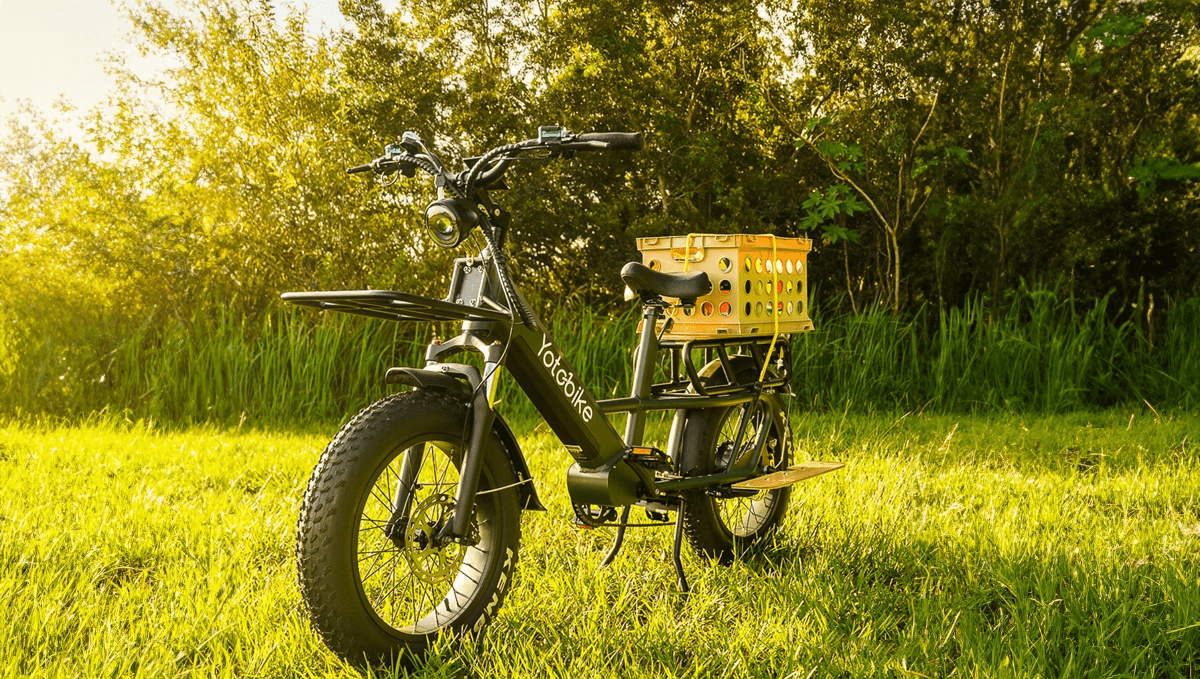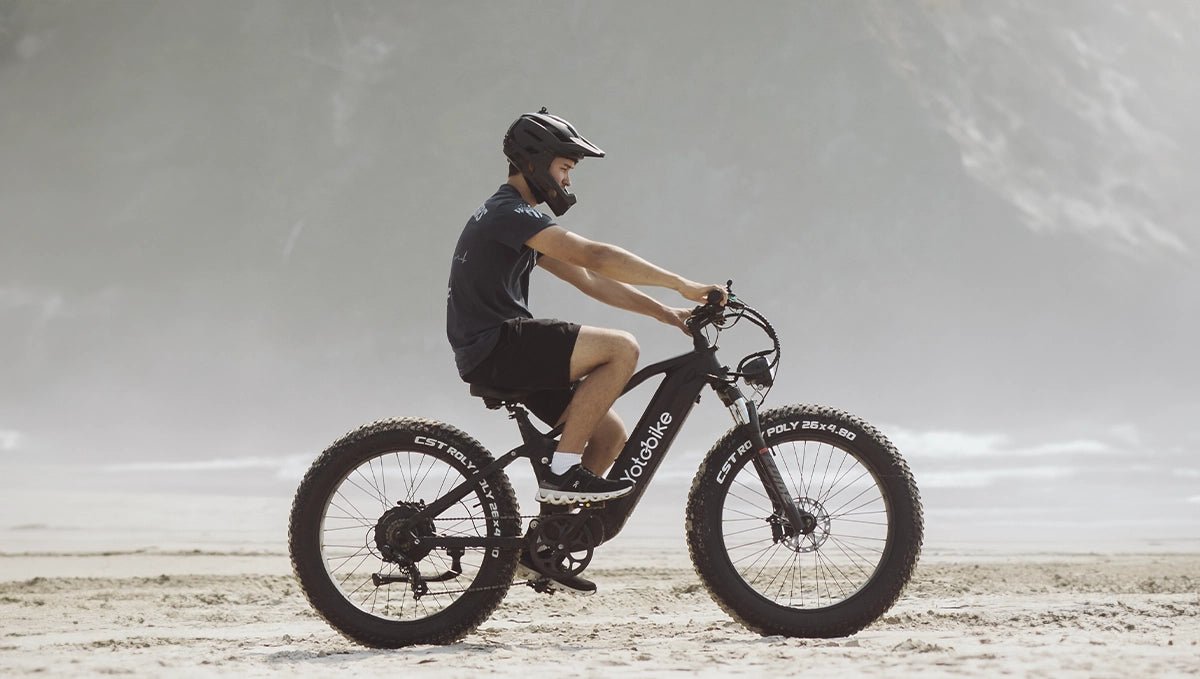
What makes a bike street legal? Do I need a license for an e-bike? Visit Yotobike's helpful guide on Level 3 e-bike laws and the latest U.S. electrical codes to get answers to all your questions.
Whether you're an experienced e-biker or a novice, every rider should be aware of local and U.S. e-bike regulations in their state.
Anyone considering purchasing an e-bike should be aware of its legal riding restrictions. Even seasoned e-bikers may benefit from updates to e-bike regulations, as several states changed their classifications as early as 2020.
If you're new to e-bikes, you're not alone. Over the past decade, e-bikes have become increasingly popular in the United States. The popularity of e-bikes has surpassed the U.S. e-bike regulations, and many states are catching up.
E-bikes are growing in popularity as a fun way to explore the outdoors and as an eco-friendly alternative to automobile travel. E-bikes are widely used for recreation, fitness and commuting. Bikes like the yotobike can even be used off-road as high performance electric mountain bikes. E-bikes are increasingly replacing ATVs as the vehicle of choice for hunting, fishing, or off-roading.
The e-bike market grew more than 23% year-over-year in 2020, and the market is expected to grow even more over the next decade. People across the country continue to discover the benefits of e-bikes to enhance their daily activities or as an opportunity to explore new terrain. Public lands organizations also recognize the benefits of e-bikes and are expanding their use by riders in national parks, forests and wilderness areas.
Several U.S. states are still adapting to the rapid growth in e-bike popularity and are pushing for e-bike regulations and classifications. Some states have strict laws for e-bikes, while in others, e-bikes lack specific vehicle classifications and it is unclear how they are regulated.
Before you get on a yotobike e-bike, make sure you know the current regulations in your state and anywhere else you plan to ride. yotobike bikes are great for all-terrain riding, and in most states they can go almost anywhere an off-road vehicle can go. However, if you want to commute to work or ride around town on an e-bike, you may face a different set of regulations.
Overview of U.S. e-bike regulations
Which states define e-bikes?
Defining and categorizing e-bikes is becoming more common in the U.S., with 48 states currently defining e-bikes. State legislation typically focuses on whether an e-bike is categorized as a traditional bicycle, moped, or scooter, but definitions still vary in other states.
Increasingly, board fatigue categorization is being used nationwide. These 39 states now classify e-bikes into three standard categories: Arizona, Arkansas, California, Colorado, Connecticut, Florida, Georgia, Idaho, Illinois, Indiana, Maine, Maryland, Michigan, North Dakota, Missouri, New Mexico, Minnesota, Idaho, Neb, Kansas, Alabama, Massachusetts, Mississippi, New Hampshire, Nevada, New Jersey, Delaware, New Jersey, Ohio, Oklahoma, South Dakota, Tennessee, Texas, Utah, Virginia, Washington, West Virginia, Wisconsin and Wyoming.
Eighteen states use unique definitions to categorize e-bikes; these are Hawaii, Oregon, Montana, Kentucky, North Carolina, South Carolina, Washington, D.C., and Rhode Island.
There are currently 11 states or territories that do not have a definition of an e-bike.
Alaska, Puerto Rico, U.S. Virgin Islands, Guam, American Samoa, and Northern Mariana Islands.
What are the different classifications of e-bikes?
Twenty-six states have adopted a three-tier classification, designating e-bikes as Class 1, Class 2, or Class 3. There is a large gap between analog and off-road bicycles, and the tiered system of e-bike regulations recognizes this. It distinguishes between models of e-bikes with different speed and power capabilities.
Class 1 and Class 2 bikes are the most common categories of e-bikes for recreational riders who enjoy mountain biking, hunting, or exploring the outdoors.3 Class 3 e-bikes are often intended to replace mopeds or motorcycles and are best suited for urban road use.
States that use the three levels of classification have nearly identical definitions of e-bikes as well as safety and operating requirements for e-bikes.
The three levels of classification:
Class 1:
An e-bike is considered Class 1 when it has a maximum speed of 20 mph and the motor operates only when pedaling (pedal assist).
Class 2:
If equipped with a throttle-driven motor, the e-bike will fall into Category 2. The motor must stop providing assistance when the e-bike reaches 20 mph.
Class 3:
A Class 3 e-bike is a bicycle with a motor that provides assistance only when the rider is pedaling and should stop providing assistance when the e-bike reaches 28 mph.Class 3 e-bikes are also known as motorized bicycles.Class 3 is the most restrictive classification, and some states impose additional safety restrictions on riders of Class 3 bikes.
Is there a speed limit for e-bikes in the U.S.?
Do you need speed? The federal speed limit for e-bikes is 20 miles per hour or less when powered only by an electric motor.
Many states have adopted a classification system that also sets this speed limit. The classification sets the legal speed for Class 1 and Class 2 bicycles at 20 mph. Class 3 bicycles have a speed limit of 28 mph.
Federal law recognizes and allows electric bicycles to travel faster when the rider uses a combination of human pedals and motor power. Local speed limits may also apply in specific areas.
While some states have specific speed limits for e-bikes, riders are expected to obey local speed limits while on the road. While many bikes can reach speeds of up to 30 mph, you should abide by local limits in areas such as school districts where speeds are lower.
How old must you be to ride an e-bike?
Age limits for e-bikes vary from state to state and usually only apply to Class 2 or Class 3 e-bikes.
It's a good idea to check your state's specific laws for age restrictions. Some states require riders to be over a certain age, while others have age requirements only for certain classes of e-bikes, and some states have no age restrictions.
Which states mandate e-bike registration?
Most states that define an e-bike as a vehicle or the same as a moped will require riders to meet state-specific registration requirements. States that currently require e-bike registration include Alabama, Alaska, Hawaii, Louisiana, Massachusetts, New Mexico, North Dakota, Wisconsin, and West Virginia.
Which states have helmet requirements?
In the United States, 25 states and Washington, D.C. currently have helmet requirements for e-bike riders and passengers. Five states - Connecticut, Maryland, West Virginia, Massachusetts, and Louisiana - require helmets for all ages, all e-bike categories, and bicycles.
E-bike helmet laws in other states can be confusing because they are often specific to particular e-bike classes or age groups. However, 25 states do not have helmet requirements for any class of e-bike or for riders of any age.
Typically, states that follow a tiered classification system require at least a helmet for anyone riding a Class 3 e-bike. However, helmets are often required for young riders participating in other bicycling classes as well.
Most states that require helmets accept bicycle helmets. However, Alabama requires motorcycle helmets because it defines every motorized bicycle as an e-bike. While not all states legally require helmets, yotobike does recommend that all e-bike riders wear helmets for e-bike safety reasons.
Helmet Laws for Different Ages
About half of the states in the U.S. currently require children to wear helmets on e-bikes, at least until they reach a certain age. Helmet regulations usually only apply to riders under the age of 21, but are often specific to riders under the age of 14 or 16. About half of the states in the U.S. require children and teens to wear helmets, but we recommend that all children wear helmets, even if not required by the helmet law.
Delaware, Florida, Maine, North Carolina, Tennessee, Virginia, Maryland, and Montana require all motorized bicycle riders or their passengers under the age of 16 to wear a helmet.
Indiana, Kansas, Kentucky, and New Mexico require anyone under the age of 18 to wear a helmet while riding an e-bike.
Other states vary in the age at which helmets are required. Oklahoma has a helmet law for anyone under 19. In New Jersey, all bicyclists under the age of 17 must wear a helmet. In West Virginia, helmets are required for bicyclists under age 15; in New York, helmets are required for bicyclists under age 14. In Louisiana and Pennsylvania, helmets are required for riders under 12.
Which states require a license to operate an e-bike?
In states where e-bikes are classified as mopeds or scooters, they usually require a license and registration. Alabama, Alaska, Massachusetts, Missouri, New Mexico, Wisconsin, and North Dakota currently require a license to operate an e-bike. States that use a three-tier classification system typically exempt e-bikes from registration, licensing, or insurance requirements.
Do I need insurance to ride an e-bike?
States that consider e-bikes to be different from motor vehicles do not require the insurance requirements that standard motor vehicles follow.
A few states consider e-bikes to be motor vehicles similar to mopeds and require the same licensing and registration requirements. However, most states do not require motorized bicycle insurance. Although driver's insurance is rarely required, you may want to add your e-bike to your homeowners and contents insurance to protect against theft or damage.
Where can I use my e-bike?
Each state has different regulations for e-bike access, and federal land regulations vary.
Roads, Sidewalks and Bike Lanes
Delaware, Iowa, Nebraska, and Vermont all define e-bikes as equivalent to bicycles. As such, e-bikes can operate on any trails and paths where bicycles are allowed. Hawaii law does not have any specific restrictions on where e-bikes can be used.
Of the 43 states and D.C. that define e-bikes, some state laws (e.g., Arizona, Minnesota, Utah, and Washington) specifically allow e-bikes to operate on sidewalks and bike paths. However, local governments in these states have the authority to impose additional restrictions.3 Class 3 bicycles are more often restricted on bike lanes and sidewalks because these bicycles can travel faster, making them more roadworthy and popular with e-bike commuters.
In the following states, e-bikes are allowed on roads but not on sidewalks or bike lanes: Alabama, Alaska, Iowa, Kansas, Kentucky, Louisiana, Massachusetts, Minnesota, Missouri, Nebraska, North Dakota, Oklahoma, Vermont, Western Virginia, and Wisconsin. Some cities or local authorities may have exceptions to these regulations.
In Florida, e-bikes are allowed on sidewalks, but not in bike lanes when using only human power.
Where can I ride an electric mountain bike or electric hunting bike?
Off-road areas are different from sidewalks. So, where can motorized mountain bikes be ridden? In general, any natural surface trail designated for motorized and non-motorized use is open to electric mountain bikes (eMBT). Natural surface trails can include motorized singletrack, doubletrack, and primitive roads.
However, riders should not assume that eclectic mountain biking is allowed anywhere there is conventional mountain biking. Singletrack access is often managed differently than access to paved and soft-surfaced bike paths or bike lanes.People For Bikes has compiled a handy eMBT Ride Finder with over 42,000 miles of interesting routes and trails to help riders find their way.
he use of e-bikes by hunters is steadily increasing as enthusiasts discover the benefits of e-bikes for off-road travel. E-bikes allow hunters or anglers to covertly access more remote areas that would otherwise be beyond the limits.
If you prefer to use an electric hunting bike, you may be wondering what rules apply and how they differ from ATVs or quad bikes. Most states allow Class 1 and Class 2 bikes to be used in hunting areas. However, in Pennsylvania, only Class 1 bikes are allowed. yotobike hunting bikes are great for use while hunting or off-roading, and can go almost anywhere an ATV can.
In state parks, wherever conventional bicycles are allowed, electric bicycles are usually allowed as well. However, the access allowed to bicyclists varies from park to park. The rules for use are complex and varied from state to state, so it's worth checking your local guidelines. Don't ride eMTBs in wilderness areas where local regulations are unclear. ride legally and safely only on authorized routes.
What are the rules for eMTBs on national forests, BLM lands, and national parks?
Until recently, bicycles with electric motors were prohibited on most non-motorized routes in the Commonwealth.
However, in 2019, several agencies expanded the use of e-bikes on public lands; these include the Bureau of Land Management (BLM), National Park Service (NPS), Fish and Wildlife Service, and Bureau of Reclamation. Beginning August 29, 2019, all e-bikes (Class 1 and Class 2) that do not exceed 750 watts are now accessible on federal lands and national parks.
E-bikes advance the National Park Service's "Healthy Parks, Healthy People" goal and are recognized as a positive way to expand access to national parks. They are also seen as a useful way to reduce congestion and vehicle emissions in national parks.
In general, e-bikes are now allowed in national parks and on public lands where conventional bicycles are allowed. Conventional bicycles and e-bikes are still prohibited in wilderness areas within national parks under federal regulations.
Bicycles are also allowed on administrative roads that may not be open to public motorized vehicles, but are open to NPS motorized vehicles. The right-of-way for these roads is determined on a park-by-park basis, and local managers have determined that an eclectic mix of bicycles will not interfere with wildlife or park resources. Some parks also allow additional use of e-bikes on trails where mobility devices, such as wheelchairs, are allowed.
While recreational opportunities and accessibility rules for e-bikes have increased on public lands, they still vary by specific routes and e-bike categories.
Riders should follow the rules of their local jurisdictions and look for rules for specific national parks and forests when planning a trip.
In which states are 1000W e-bikes legal?
There are six states that explicitly allow e-bikes to have a maximum power of 1000W; these are Georgia, Kansas, Minnesota, Oklahoma, Oregon, and Virginia. Currently, Florida, Mississippi and Mississippi are the only two states that do not have a maximum power limit for e-bikes.
High-power e-bike motors are available, ranging from 1,000W-6,000W. however, most states limit the power cap to 750W or 1,000W. once an e-bike reaches 1,000w, it is more likely to be classified as a moped or scooter. As a result, many states limit e-bike output to less than 1000W.
Sixteen states limit e-bikes to a maximum of 750W; these are; Arkansas, California, Colorado, Delaware, Iowa, Maine, Michigan, Missouri, Nevada, New Hampshire, North Carolina, Pennsylvania, Texas, Utah, Washington and Wisconsin. Maryland has one of the strictest limits at 500W.
Other Safety Considerations
If your state doesn't have current e-bike regulations, it's worthwhile to adopt a three-tier system for general e-bike safety. Even if your state law does not require it, helmets are highly recommended for riders of all ages.
Riders of both e-bikes and conventional bicycles should make themselves visible, especially if you plan to use busy roads. Keep in mind that e-bikes are still relatively new, so other motorists may not be used to sharing the road with an e-bike and may have a hard time judging how fast you are traveling.
We strongly recommend wearing a reflective undershirt and using a flashing headlight and taillight when riding at night. During the day, brightly colored clothing will also make it easier for other motorists to see you.
Whenever you use your e-bike on the road, follow local rules of the road, such as coming to a complete stop at stop signs, keeping a safe distance from other vehicles, and using hand signals when turning.
With rules and regulations changing rapidly, the eclectic bicycling community as a whole must be considerate of other bicyclists, pedestrians, trails and road users. Accommodate slower vehicles or pedestrians and ensure shared use of trails and paths. A good reputation will help e-bike riders advocate for greater access to public spaces.
Ready to ride?
E-bike regulations are complex, but once you've done your research, you can hit the road or trail with confidence knowing you're not breaking any rules.
Yotobike bikes are best suited for off-road terrain, where riders have more freedom from regulations. While our bikes are indeed suitable for street riding, they are also suitable for overland adventures. Our bikes range from Class 1 to Class 3, and some models can be modified. Our lineup offers riders maximum flexibility in choosing off-road and street bikes that are legal in their state. Explore the full range now.
E-bike definitions and state-by-state classifications:
Each state's definition is outlined below, but more information on state safety and e-bike regulations can be found elsewhere in this article.
Alaska: Alaska considers e-bikes to be "motor-driven bicycles" and requires a license and registration.
Alabama: Alabama uses a three-tier classification for e-bikes. E-bikes are regulated in the same way as conventional bicycles.
Arkansas: Arkansas has a three-tier classification for e-bikes. E-bikes are regulated in the same manner as traditional bicycles.
Arizona: Arizona adheres to a three-tier classification for e-bikes. E-bikes are regulated in the same way as traditional bicycles.
California: California maintains a three-tier classification for e-bikes. E-bikes are regulated in the same manner as traditional bicycles.
Colorado: Colorado maintains a three-tier classification for e-bikes. E-bikes are regulated in the same manner as traditional bicycles.
Connecticut: Connecticut uses a three-tier classification for e-bikes. E-bikes are regulated in the same manner as conventional bicycles.
Delaware: Delaware has adopted a three-tier classification for e-bikes. E-bikes are regulated in the same manner as conventional bicycles.
Florida: Florida has adopted a three-tier classification for e-bikes. E-bikes are regulated in the same manner as conventional bicycles.
Georgia: Georgia has a three-tier classification for e-bikes. E-bikes are regulated in the same manner as conventional bicycles.
Hawaii: Hawaii classifies e-bikes as "low-speed e-bikes" with a maximum speed of 20 mph.
Iowa: Iowa uses a three-tier classification for e-bikes. E-bikes are regulated in the same way as conventional bicycles.
Idaho: Idaho uses a three-tier classification for e-bikes. E-bikes are regulated in the same manner as conventional bicycles.
Illinois: Illinois adheres to a three-tier classification for e-bikes. E-bikes are regulated in the same way as traditional bicycles.
Indiana: Indiana maintains a three-tier classification for e-bikes. E-bikes are regulated in the same manner as traditional bicycles.
Kansas: Kansas maintains a three-tier classification for e-bikes. E-bikes are regulated in the same manner as conventional bicycles.
Kentucky: In Kentucky, an electric bicycle is considered a "bicycle" as long as it has operable pedals.
Louisiana: Louisiana has a three-tier classification for e-bikes. E-bikes are regulated in the same way as conventional bicycles.
Massachusetts: Massachusetts defines an e-bike as a "motorized bicycle" as long as the maximum speed of the bicycle does not exceed 25 mph. Riders must carry a license and may be subject to registration requirements.
Maryland: Maryland uses a three-tier classification for e-bikes. E-bikes are regulated in the same manner as conventional bicycles.
Maine: Maine adheres to a three-tier classification for e-bikes. E-bikes are regulated in the same way as traditional bicycles.
Michigan: Michigan regulates e-bikes like traditional bicycles, with three levels of classification for e-bikes.
Minnesota: Minnesota uses a three-tier classification for e-bikes. E-bikes are regulated in the same way as conventional bicycles.
Missouri: Missouri uses a three-tier classification for e-bikes. E-bikes are regulated in the same way as conventional bicycles.
Mississippi: Mississippi has adopted a three-tier classification for electric bicycles. E-bikes are regulated in the same manner as conventional bicycles.
Montana: Montana defines an e-bike as an "electrically assisted bicycle". A bicycle can be classified as such if it has a maximum speed of 20 mph. The same rules of the road apply to both e-bikes and human-powered bicycles.
North Carolina: North Carolina defines an electric bicycle as an "electric assisted bicycle" as long as it has a motor of 750 watts or less, has a maximum speed of 20 mph, and has operable pedals. The same rules of the road apply to both e-bikes and human-powered bicycles.
North Dakota: North Dakota has a three-tier classification for e-bikes. E-bikes are regulated in the same way as conventional bicycles.
Nebraska: Nebraska defines an e-bike as an "electric assisted bicycle". These bicycles must have a motor power of less than 750 watts, a maximum speed of 20 mph, and human-operated pedals. The same rules of the road apply to both e-bikes and human-powered bicycles.
New Hampshire: New Hampshire follows a three-tier classification for e-bikes. E-bikes are regulated like conventional bicycles.
New Jersey: New Jersey's definition includes only the first two levels of classification used by other states. The legislature also defines a "motorized bicycle" as a device that operates at speeds in excess of 20 mph with a maximum motor-assisted speed of 28 mph. This definition is closely aligned with the Class 3 definitions used in other states.
New Mexico: New Mexico uses a three-tier classification for e-bikes. E-bikes are regulated in the same manner as conventional bicycles.
Nevada: Nevada uses a three-tier classification for e-bikes. E-bikes are regulated in the same manner as conventional bicycles.
New York: New York State has three levels of classification for e-bikes. The first two categories follow industry standards, while the third category is defined as "an electrically assisted bicycle that has an electric motor that can be used exclusively to drive such bicycle and that is not capable of assisting such bicycle when it reaches speeds of up to twenty-five miles per hour, only in cities of one million people or more. Electric bicycles are regulated in the same manner as conventional bicycles.
OH: In Ohio, electric bicycles are classified using three levels of classification, and electric bicycles are regulated in the same manner as conventional bicycles.
Oklahoma: Oklahoma follows a three-tier classification for e-bikes. E-bikes are regulated in the same way as conventional bicycles.
Oregon: Oregon defines an e-bike as an "electric-assisted bicycle" if the motor is less than 1,000 watts and the maximum speed of the bicycle is 20 miles per hour.
Pennsylvania: Pennsylvania defines an e-bike as a "pedal bicycle with electric assist. An e-bike is classified as such if the motor is less than 750 watts. It must have operable pedals, but a maximum speed of 20 mph when powered only by the engine. In addition, the bike must not weigh more than 100 pounds and follow the same rules of the road as a conventional bike. 750-watt and under e-bikes can be operated on any public trail, while conventional bikes can be operated on DCNR land.
Rhode Island: Rhode Island defines an e-bike as an "electric bicycle". E-bikes must have fully operable pedals, a maximum power output of 1,491 watts, and a maximum speed of 25 mph.
SOUTH CAROLINA: South Carolina does not currently have a specific classification for e-bikes. However, since e-bikes are vehicles, they are subject to standard vehicle rules of the road.
SOUTH DAKOTA: In South Dakota, a three-tier classification is used for e-bikes, and e-bikes are regulated the same as traditional bicycles.
Tennessee: Tennessee uses a three-tier classification for e-bikes. E-bikes are regulated the same as traditional bicycles.
TEXAS: Texas uses a three-tier classification for e-bikes, and e-bikes are regulated the same as traditional bicycles.
Utah: In Utah, e-bikes are regulated like conventional bicycles and the three-tier classification for e-bikes applies.
Virginia: Virginia applies a three-tier classification to e-bikes, and e-bikes are regulated the same as conventional bicycles.
Vermont: Vermont applies a three-tier classification to e-bikes and regulates e-bikes like traditional bicycles.
Washington: Washington regulates e-bikes like traditional bicycles, with three levels of classification for e-bikes.
Wisconsin: Wisconsin uses a three-tier classification for e-bikes and regulates e-bikes like traditional bicycles.
West Virginia: West Virginia uses a three-tier classification for e-bikes and regulates e-bikes like conventional bicycles.
Wyoming: Wyoming uses a three-tier classification for e-bikes and regulates e-bikes the same as traditional bicycles.
State e-bike rules and regulations change regularly. We recommend that you check your local laws regularly so that you can legally enjoy the benefits of riding an e-bike.
